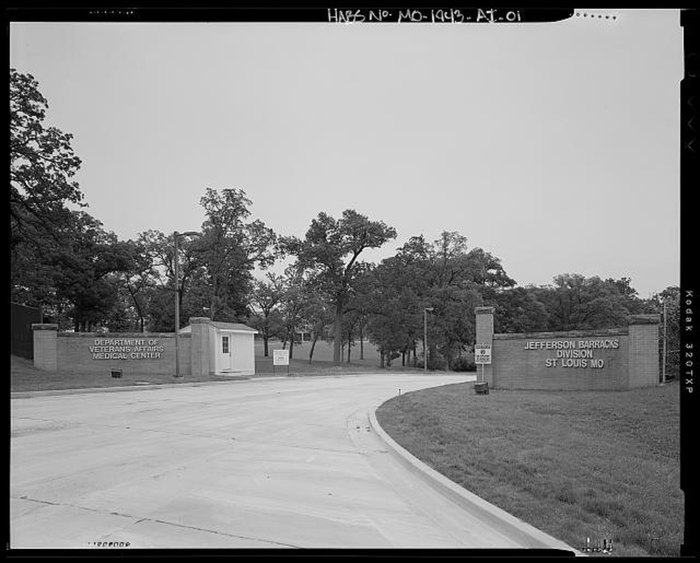9 Very Rare Photos Taken During WWII In St. Louis
The St. Louis that we know and love today has World War II to thank for modernizing its landscape. Following the war, the city saw a mass exodus to the suburbs, which changed how locals lived. But, what did it look like during the war? These nine photos will take you back in time:

Locals feared that their munitions installations may be attacked, and fortified the city with a bit of muscle. To protect the city, weather reports were censored, radio shows were cancelled, and blackouts were scheduled. Students even prepared for attacks in school, taking the time to learn precautionary measures along with regular lessions.

A worker examines the threads of a twenty-millimeter shell booster in what was formerly a factory that manufactured car parts. Women began taking over the workforce, and an astonishing 35,000 individuals worked at Goodfellow and Bircher, the largest munition plant.
Advertisement

St. Louis-born James H. Howard received the Medal of Honor for his bravery in 1944. He led a team of P-51 aircraft that provided defense for a bomber formation in the depths of enemy territory. They were attacked by more than 30 German aircraft and Howard lost contact with his team during the scuffle. Instead of waiting for support, he began single-handedly attacking enemy aircraft. His bravery made him a legend.

Rubber was heavily rationed throughout St. Louis, and the majority of the tire quota was reserved for emergency vehicles.

In 1943, the city mourned after its mayor, William D. Becker, perished alongside ten others in a plane wreck. In 1944, a train hit a bus at the Etzel Avenue crossing. The train was cut in half, and 8 died in the following explosion. It seemed the city was fighting its own battles throughout the course of the war.

As black workers were gaining acceptance as far as employment opportunities went, the city announced that any workers could eat at city-owned lunch counters. Despite the shift in social norms, certain immigrant groups (particularly those, as you may imagine, of German, Japanese, and Italian background) suffered a loss of trust in their community, and many were even arrested without cause.

This, as well as the rise in automobile ownership, helped lead to the suburbanization that followed the war.
Advertisement


More than 80,000 people were laid off almost immediately following the end of the war. However, the G.I. Bill transformed the landscape of STL, bringing it into the modern age and boosting the local economy.
Though St. Louis felt far away from the front-line horrors of WWII, locals faced an unexpected era of change and uncertainty. The G.I. Bill allowed returning soldiers to settle in the suburbs, and the landscape changed as it continued to wipe away the traces of the Great Depression.
Love this look back in time? Wait until you see the vintage charm of these picturesque STL streets.
OnlyInYourState may earn compensation through affiliate links in this article.

